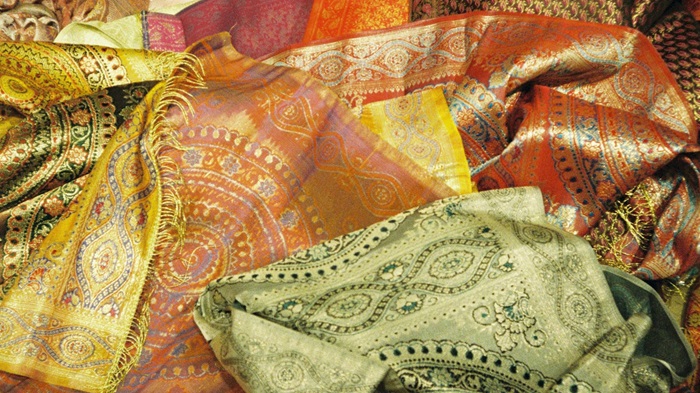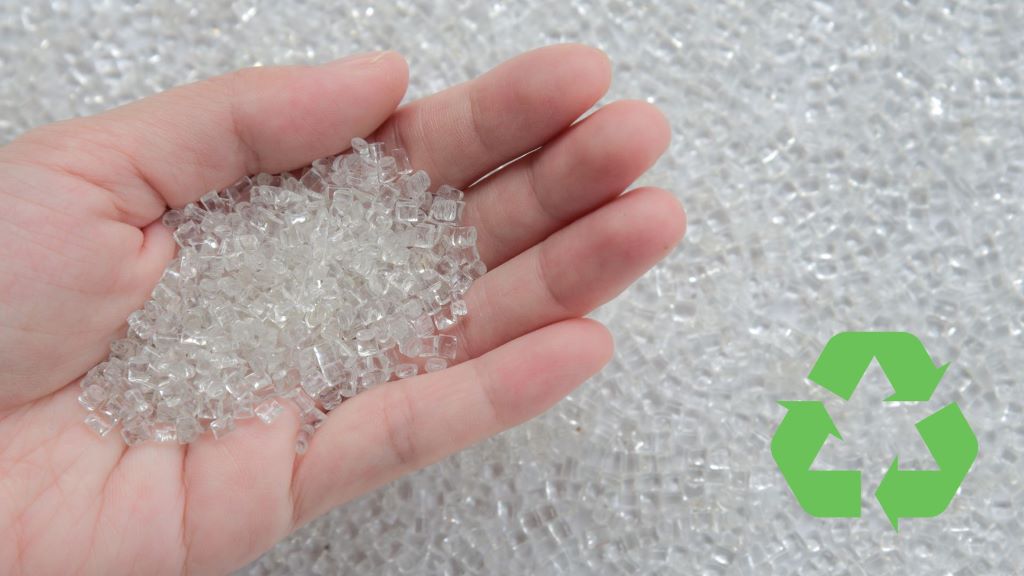
In the wake of China's staggering 67 per cent decline in raw silk production between 2017 and 2021, India appeared poised to ascend as the global leader in raw silk exports. However, this anticipated shift failed to materialize, as India's silk industry grappled with inertia and a lack of proactive measures to seize the initiative.
Global silk production dynamics: China and India dominate
China and India collectively dominate the global silk production landscape, accounting for approximately 95 per cent of the total output of 86,311 metric tonnes (MT), despite silk cultivation occurring in approximately 60 countries worldwide. China's production plummeted from 142,000 MT in 2017 to a mere 46,700 MT in 2021. Conversely, India's global share in 2021 stood at 36,543 MT.
Silk holds immense significance for India's economy, with the country producing all four commercially known varieties: mulberry, muga, eri, and tasar. Mulberry silk alone constitutes about 74 per cent of the total production. Moreover, the sericulture industry provides employment to approximately 9.2 million individuals in rural and semi-urban areas.
Despite India's potential, its silk industry has failed to capitalize on existing infrastructure. Alarming statistics presented in the 54th report of the Parliament of India's Standing Committee on Labour, Textiles, and Skill Development underscore the magnitude of the challenge. Across states like Chhattisgarh, Madhya Pradesh, Uttar Pradesh, Andhra Pradesh, and Karnataka, production targets have woefully lagged behind actual output, with various factors cited including adverse climatic conditions impacting tasar silk production.
Rising imports exacerbate concerns
Compounding the issue of sluggish production, India's reliance on silk imports is on the rise. Raw silk imports, which constitute 70 per cent of the total silk imports by value, have witnessed a significant uptick. This surge, attributed to heightened domestic demand post-COVID-19, underscores the widening gap between production and industry requirements.
India's silk exports have witnessed a decline in value from Rs 20,318.8 million in 2018–19 to Rs 17,733.8 million in 2022–23. Economic downturns and geopolitical conflicts have been cited as primary drivers of this decline. To mitigate this trend, exploring alternative markets beyond traditional ones like the UAE, USA, and EU becomes imperative.
The Central Silk Board (CSB), tasked with spearheading sericulture industry development, faces critical manpower shortages, with a significant portion of sanctioned positions remaining vacant. Operational inefficiencies stemming from retirements and recruitment challenges further compound the issue, jeopardizing the CSB's pivotal role in advancing the sector.
Branding deficiencies, exemplified by the voluntary nature of Silk Mark labels, pose challenges to ensuring product authenticity and market competitiveness. Additionally, stalled projects and low disbursal rates underscore systemic inefficiencies and underscore the need for streamlined coordination mechanisms and enhanced project execution frameworks.
Way forward: Urgent remedial actions required
To revitalize India's silk industry, urgent remedial actions are imperative. These include enhancing productivity through research and development, bolstering quality control measures, diversifying export markets, addressing manpower shortages, enforcing branding standards, and streamlining project execution processes. Only through concerted efforts and proactive interventions can India reclaim its position as a global silk powerhouse.












